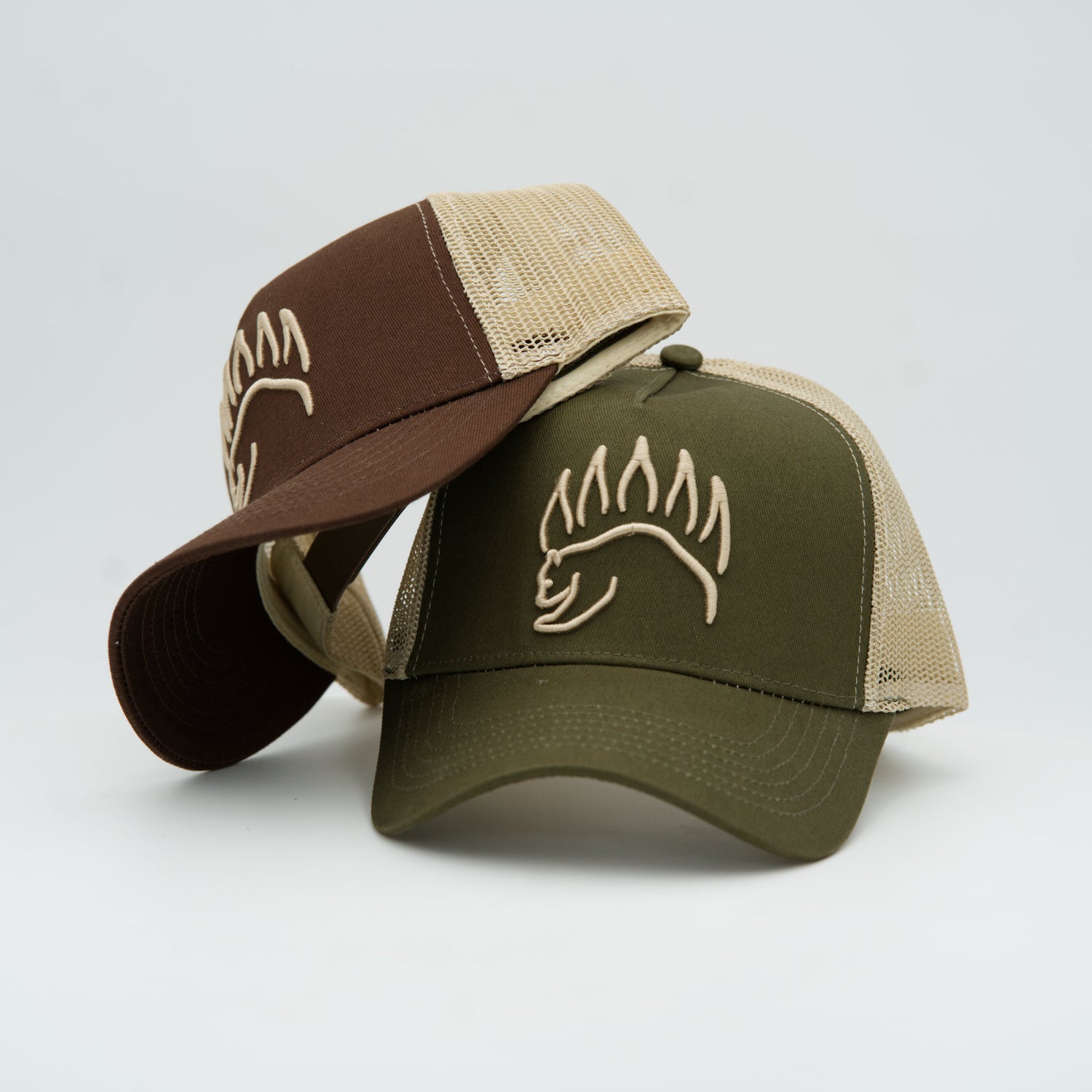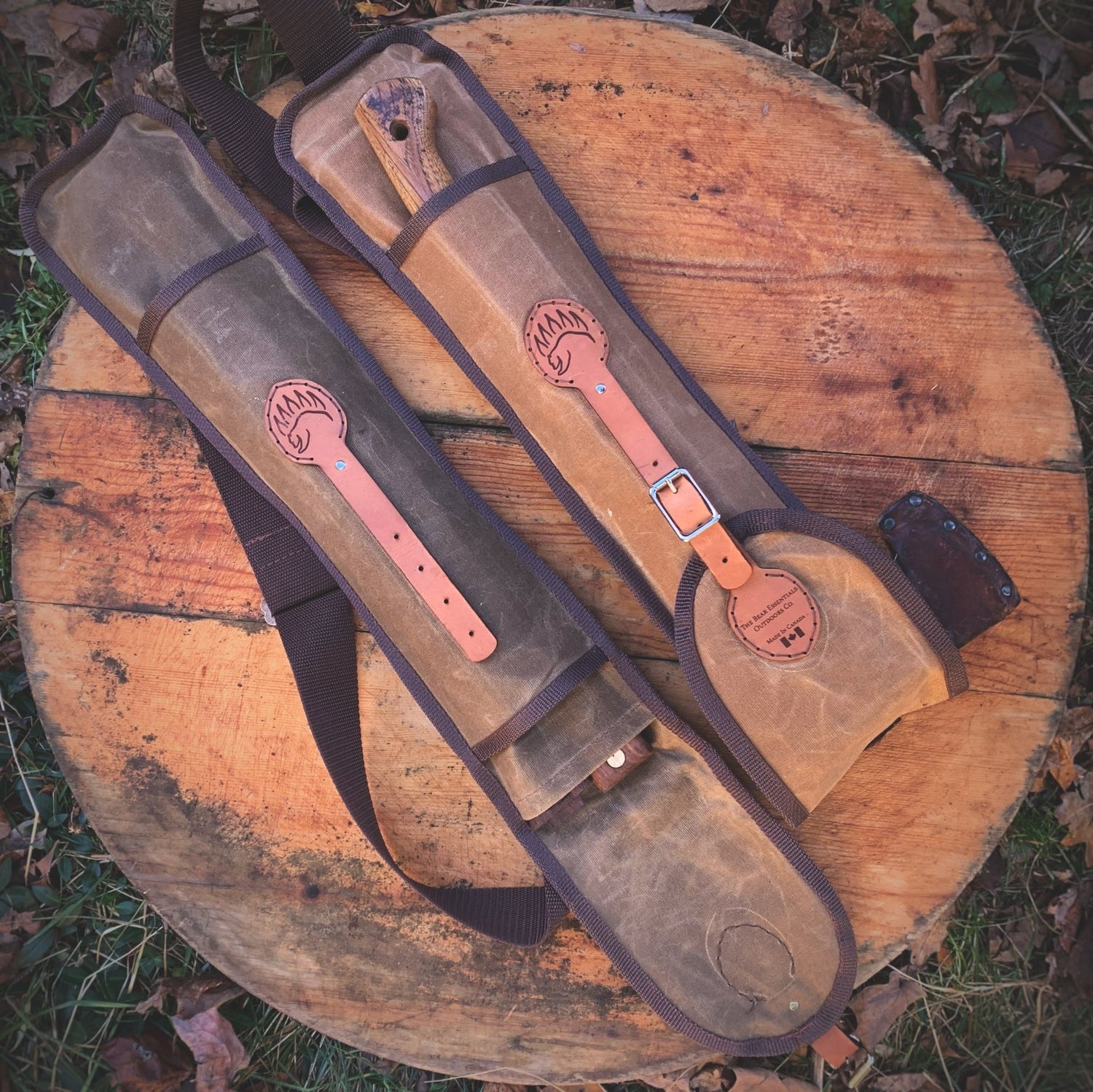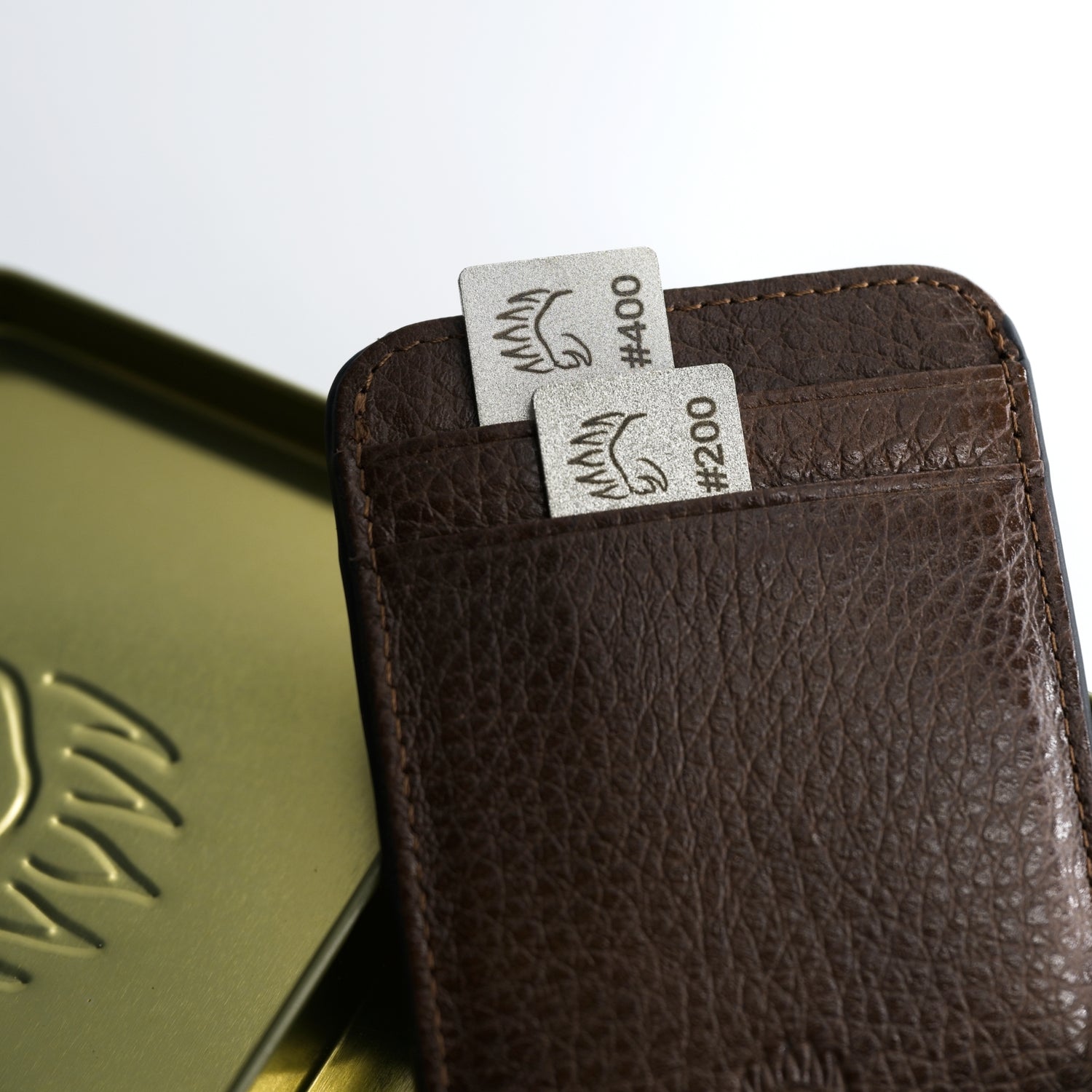Braided mainline (UHMWPE—Dyneema®/Spectra®) is insanely strong for its size, but its slick, low-stretch nature makes knot tying a challenge .
This guide trims the internet noise to the knots that actually bite on braid, when each wins, and how to tie/dress them so they seat clean instead of skating and failing.
We’ll cover terminals (hook/lure), braid to fluorocarbon knot connections, line-to-line joins, loop knots for lure action, and smart spooling (including mono backing for braid and how to tie braid to spool).
TL;DR: Your Shortlist
-
Terminal (braid → hook/ring):
Palomar knot braid (when the doubled loop fits); Uni knot braid (7–10 wraps) for tiny eyes; San Diego Jam knot braid for heavier leaders; Double Palomar knot braid when you want extra bite. -
Braid → leader:
FG fishing knot is the best braid to leader knot for slim, strong guide passes; Albright / Alberto knot family for faster field ties; Double Uni knot braid to fluoro for teachable reliability. -
Loop to lure (action):
Rapala loop knot or Non-Slip Loop Knot fishing (Kreh loop) tied in a short mono/fluoro bite leader. -
Spooling:
Arbor knot to the spool + mono backing for braid to prevent spool slip.
Braid 101: Why “Usual” Knots Slip
The braided line is UHMWPE—slick fibers, almost no stretch. Legacy mono knots rely on friction and stretch; on braids they can creep unless you add turns or change geometry. Tight bends also rob strength. Designs with longer “friction ramps” (FG, Albright/Alberto) and extra wraps for braid (think 7–10 in Clinch/Uni families) outperform “once-around-and-hope” classics. If you’ve ever watched a neat knot melt under load, it wasn’t bad luck—it was low friction and sharp bend radius teaming up.
Decision Matrix: Pick the Right Knot Fast
|
Situation |
Best Choice |
Why it Wins |
|
Braid → hook/ring (loop can pass) |
Palomar |
Simple, compact, high Palomar knot strength on braid when dressed flat. |
|
Braid → hook/ring (tiny eye) |
Uni (7–10 wraps) |
Adds friction with extra turns; easy in wind/cold. |
|
Heavier mono/fluoro terminal |
San Diego Jam |
Streamlined barrel; great with beefier leaders. |
|
Max strength, long leaders through guides |
FG |
Slim “finger-trap” grip; casts clean; elite FG knot strength. |
|
Fast, strong field tie |
Albright / Alberto |
Tapered, compact; quicker than FG; great all-rounder. |
|
Teach anyone, anywhere |
Double Uni |
Not the slimmest, but super dependable. |
|
Want lure freedom of movement |
Kreh Non-Slip / Rapala knot |
Stable loop improves action; tie in mono/fluoro. |
|
Spooling braid to reel |
Arbor knot + backing |
Prevents spool spin on slick arbors. |
|
Joining mono ↔ mono / fluoro ↔ fluoro |
Blood knot |
Clean for similar diameters (but see Blood knot vs Double Uni below). |
Terminals (Hook/Lure): Palomar, Uni, San Diego Jam, Double Palomar
Palomar Knot (braid → hook/ring)
- Use when: The doubled loop fits the eye (swivels, decent-size hook eyes).
- Why it works: Few crossings, symmetric loading, consistently high Palomar knot strength across line types.
-
Tie cues: Double your line evenly, form a loose overhand, pass the lure/hook through the loop, wet any fluorocarbon leader, and seat slowly by pulling tag + standing together, then finish with a straight pull.
Uni (Duncan) Knot (braid → hook/ring)
- Use when: Small hook eyes, wire baits, or the Palomar loop won’t pass.
- Why it works: On braid, 7–10 wraps create enough surface contact to stop creep.
-
Tie cues: Form the loop, wrap 7–10 around both lines, snug by pulling tag + standing together to set the barrel, then load the standing line to finish.
San Diego Jam Knot (braid/fluoro → lure)
- Use when: Heavier mono/fluoro leaders with bigger hardware.
- Why it works: Streamlined profile and strong, tidy tag end; excellent with long casts and heavy pulls.
-
Tie cues: Count wraps (e.g., 6–8 on mid-weight), pre-snug the barrel, then finish the pull straight in line.
Double Palomar (optional “bite boost”)
- Use when: Certain braid + hardware geometries need more friction.
-
Caution: Tie deliberately to avoid twisting the doubled loop.
Skip Clinch/Trilene on braid unless…
If you insist on a Trilene knot braid or Improved Clinch, run 7–10 wraps and seat very carefully. Even then, Palomar/Uni/SDJ often outperform them on slick UHMWPE.
Best Braid to Leader Knot: FG vs Alberto/Albright vs Double Uni
FG Fishing Knot (braid → fluoro/mono)
- Why it’s king: Slimmest, strongest, most guide-friendly braid to fluorocarbon knot when tied right. The braid coils grip along the leader—think Chinese finger-trap—so loads distribute over a longer path (less crushing, more holding).
- FG knot strength: Routinely among the top in tests due to long contact and gradual load transfer.
-
Tie notes: Keep steady tension. Stack 14–24 alternating coils on the leader. Lock with alternating half-hitches, finish with a Rizzuto or extra half-hitches. Trim the leader tag flush. If it slips, you under-wrapped or didn’t seat under tension.
Alberto Knot (Modified Albright) — the fast field tie
- Why it’s great: Quicker to learn than FG but still slim/strong; excellent when conditions are rough or time is tight.
- Tie notes: Create a small loop in the leader. Run braid through, wrap down 7–9, wrap back 7–9, and exit the same side you entered. Lube and seat hard.
-
Alberto knot vs FG: FG is usually slimmer/stronger through micro-guides; Alberto knot wins for speed and repeatability under headlamps and waves.
Albright Knot (classic, tapered)
- Where it shines: Old-school workhorse for Albright knot braid to mono or fluoro when you want a smooth, tapered feel.
-
Tie notes: Make a loop in the thicker line (leader), wrap the braid neatly 10–12 turns, and exit the same side. Dress carefully; taper should look smooth.
Double Uni Knot (braid ↔ leader)
- Why pick it: The “teach it now” connection. Great for beginners, kayaks, wind, and quick re-ties.
-
Tie notes: On braid, 7–10 wraps; on leader, 4–6 wraps. Snug each Uni first, then draw together. Double Uni knot braid to fluoro is bulkier than FG/Alberto, but dependable.
Loop Knots for Lure Action: Rapala Loop Knot & Non-Slip Loop Knot Fishing (Kreh)
Hard baits dance better on a loop. A tight knot at the eye can choke action; a small, stable loop lets jerkbaits slash and crankbaits hunt.
- Rapala knot: Brand-famous, durable loop for hardbaits.
- Non-Slip Mono Loop (Kreh): Simple, strong, loop size is easy to control.
-
Pro tip: Tie the loop in a short mono/fluoro bite leader coming off your braid mainline for clean action and abrasion resistance.
Joining Lines & Spooling: Blood/Double-Uni, Arbor & Backing
Blood Knot vs Double Uni
- Blood knot: Beautiful, strong join for similar-diameter mono↔mono or fluoro↔fluoro.
-
Where it struggles: Braid ↔ mono/fluoro diameter gaps. You’ll need many wraps—and even then, Double Uni is usually easier and more forgiving for mixed materials.
How to Tie Braid to Spool (Arbor + Backing)
Bare braid can spin on the arbor like a slick band. Fix it with:
- A few wraps of mono backing for braid (or arbor tape) to add grip.
- Tie an Arbor knot to the spool.
- Pack line on under firm tension so the first layers are tight.
That trio prevents slippage, preserves drag consistency, and saves you a headache mid-fight.
Technique That Adds ~30% Real-World Strength
- More wraps on braid: For Uni/Clinch-family, think 7–10 wraps. More surface = more friction.
- Dress first, then load: Always snug tag + standing together to align coils before the final straight-line pull.
- Wet fluoro/mono: Lubrication prevents heat glazing during seat.
- Trim tidy: Micro-tags catch guides; FG leader tag should be near-flush.
-
Pull-test at home: Tie 3× of your candidates, pull to failure with a small scale, note where they break (knot vs line). Your own mini chart beats internet arguments.
Best Braid to Leader Knot: Step-By-Step Micro Guides
Palomar (braid)
- Double 6–8 inches of line.
- Tie a loose overhand with the doubled line.
- Pass the hook/lure through the loop.
-
Wet (especially if you have a fluoro leader) and seat by pulling tag + standing together; finish with a straight pull.
Uni (braid)
- Pass line through the eye and lay tag back alongside standing line.
- Form a loop and wrap tag around both lines 7–10 times.
-
Snug the coil by pulling tag + standing together, then load standing line to finish.
San Diego Jam
- Pass line through eye and pinch tag to standing line below the eye.
- Wrap the tag around the standing line 6–8 times.
- Pass tag through the loop at the eye and then back through the small loop formed near your pinch.
-
Pre-snug the barrel; wet and finish the set straight.
FG Knot (braid → leader)
- Keep braid under tension; alternate the braid back and forth to stack 14–24 tight coils on the leader (no crosses).
- Lock with alternating half-hitches (a few on braid only, a couple capturing leader).
-
Finish with a Rizzuto or additional half-hitches. Trim leader tag flush. Set hard.
Alberto (Modified Albright)
- Form a small loop in leader.
- Pass braid through, wrap down 7–9, then back 7–9 over the coils.
-
Exit the same side you entered. Wet and set firmly; trim tags.
Rapala / Non-Slip Loop
Tie to a mono/fluoro leader. Pre-size the loop for desired action. The Non-Slip (Kreh) is often faster to master; the Rapala is rock-solid on hardbaits.
Arbor to Spool (with Backing)
- Add a few wraps of mono or a layer of arbor tape.
- Tie Arbor knot with the mono/first layer.
- Join braid to backing (Double Uni).
-
Wind braid under steady tension.
Troubleshooting: If It Slips, Pops, or Ticks
- Slip on the pull (leader joins): Add wraps; improve dressing; with long leaders through guides, switch Double Uni → FG for a slimmer, stronger join.
- Terminal pops on hookset: If the Palomar knot braid loop can’t pass the eye cleanly, it can twist and weaken. Use Uni (7–10 wraps) or San Diego Jam knot braid on heavier leaders.
- Ticking through guides / distance drops: Use slimmer joins (FG / Albright knot braid to mono/fluoro, or Alberto), trim tags closer, or shorten the leader slightly.
-
Frayed leader near knot: You might be cinching too fast/dry, or your hardware edges are rough. Lube and seat slowly; check split rings/eyes.
Frequently Asked Questions
What’s the strongest knot for braid to a hook?
Palomar when the loop fits; Uni (7–10 wraps) for tiny eyes; San Diego Jam excels on heavier leaders.
What’s the overall best knot for braid to fluorocarbon?
For casting leaders through guides, the FG fishing knot is typically the best knot for braid to fluorocarbon. For speed in the field, go Alberto knot. For simplicity, use Double Uni knot braid to fluoro.
Alberto knot vs FG—how do I choose?
FG = slimmest/strongest profile through micro-guides; Alberto = fast, compact, reliable when conditions are ugly.
Can I use a Blood knot to join braid to mono?
Not ideal. Blood knot vs Double Uni? Double Uni is usually easier and safer for braid ↔ mono/fluoro because you can add wraps on the braid side.
Do I need mono backing for braid on the spool?
Yes—bare braid can spin on the arbor. Add mono backing for braid or arbor tape, then tie the Arbor knot. That’s the right way for how to tie braid to spool.
What’s the best loop knot for lures?
Rapala loop knot or Non-Slip Loop Knot fishing (Kreh) for dependable action. Tie in mono/fluoro ahead of your braid.
Choosing The Best Braid to Leader Knot
Braid is a super-material—treat it like one. For terminals, run Palomar when the loop fits, Uni when it doesn’t, and San Diego Jam on heavier leaders. For joins, the FG fishing knot is your best braid to leader knot when you’re threading long leaders through tiny guides; keep Alberto for fast re-ties and Double Uni as your teach-anyone fallback. Add a Rapala knot or Non-Slip Loop for lively baits. Spool smart—mono backing for braid plus a solid Arbor knot—and always dress slow, wet fluoro, add wraps on braid, and test before you trust.
Do that, and your “weak link” stops being the knot—and starts being the excuse you no longer need. Now grab some practice leader, tie three of each, pull to failure, and keep the winners. The next heartbreak belongs to the fish, not your knot.






